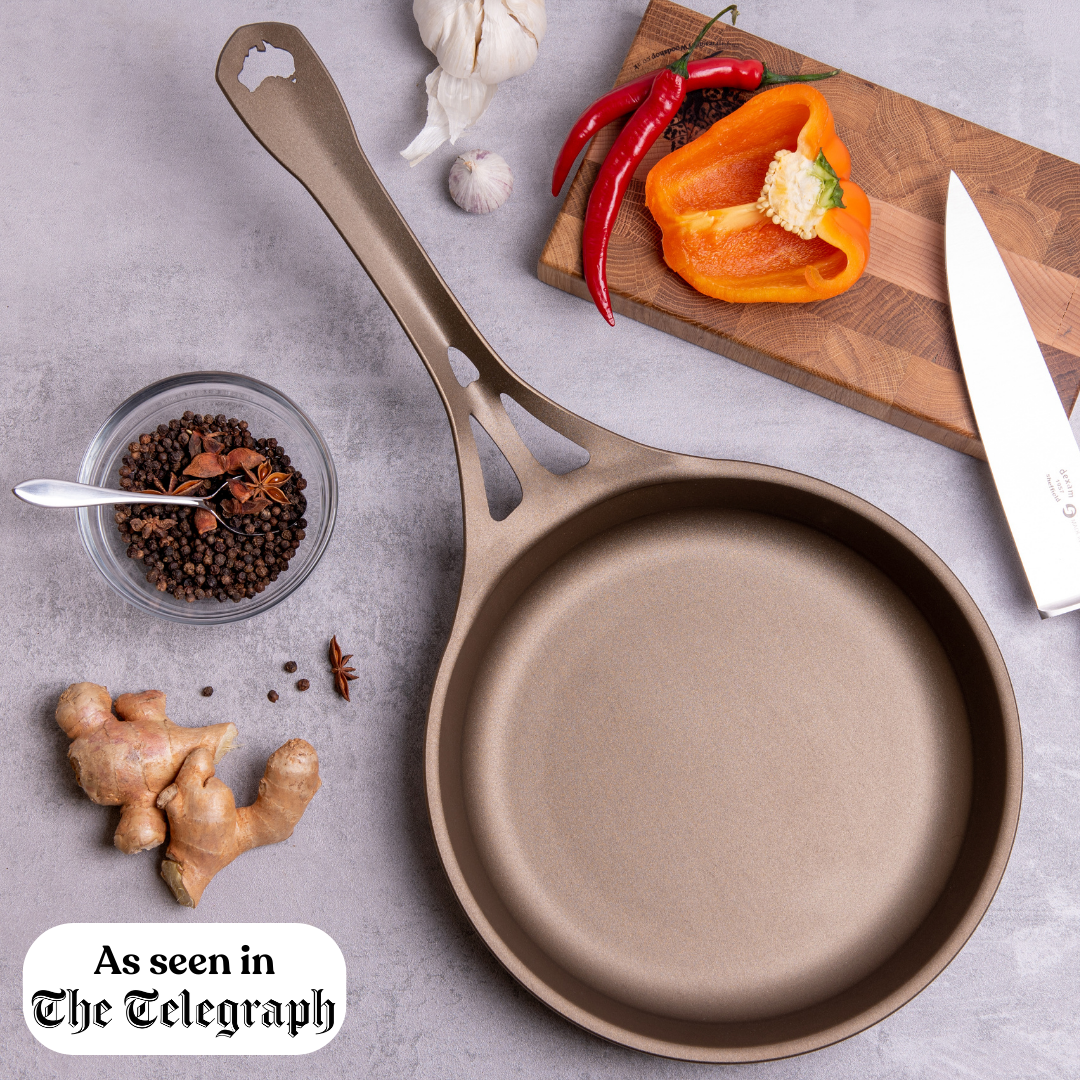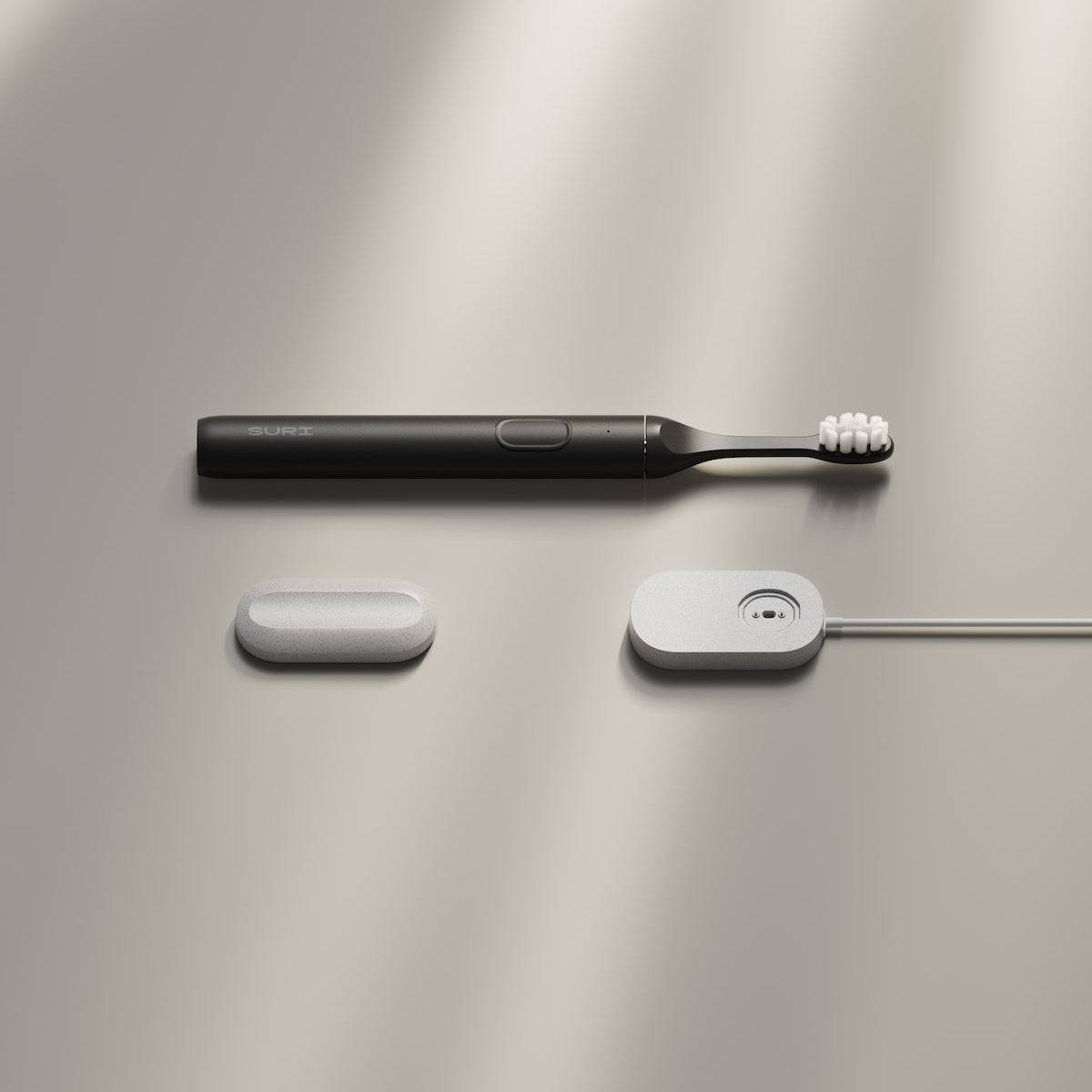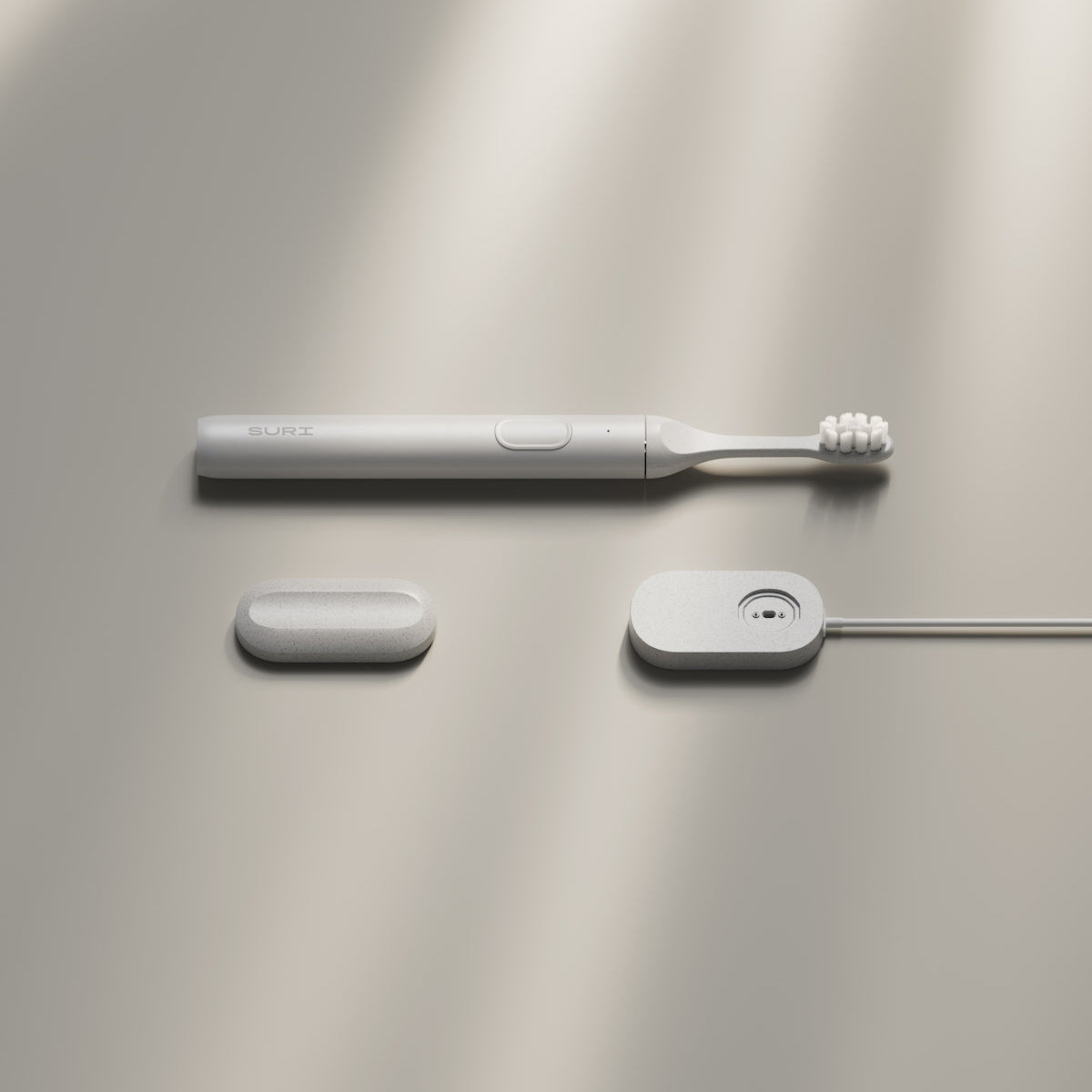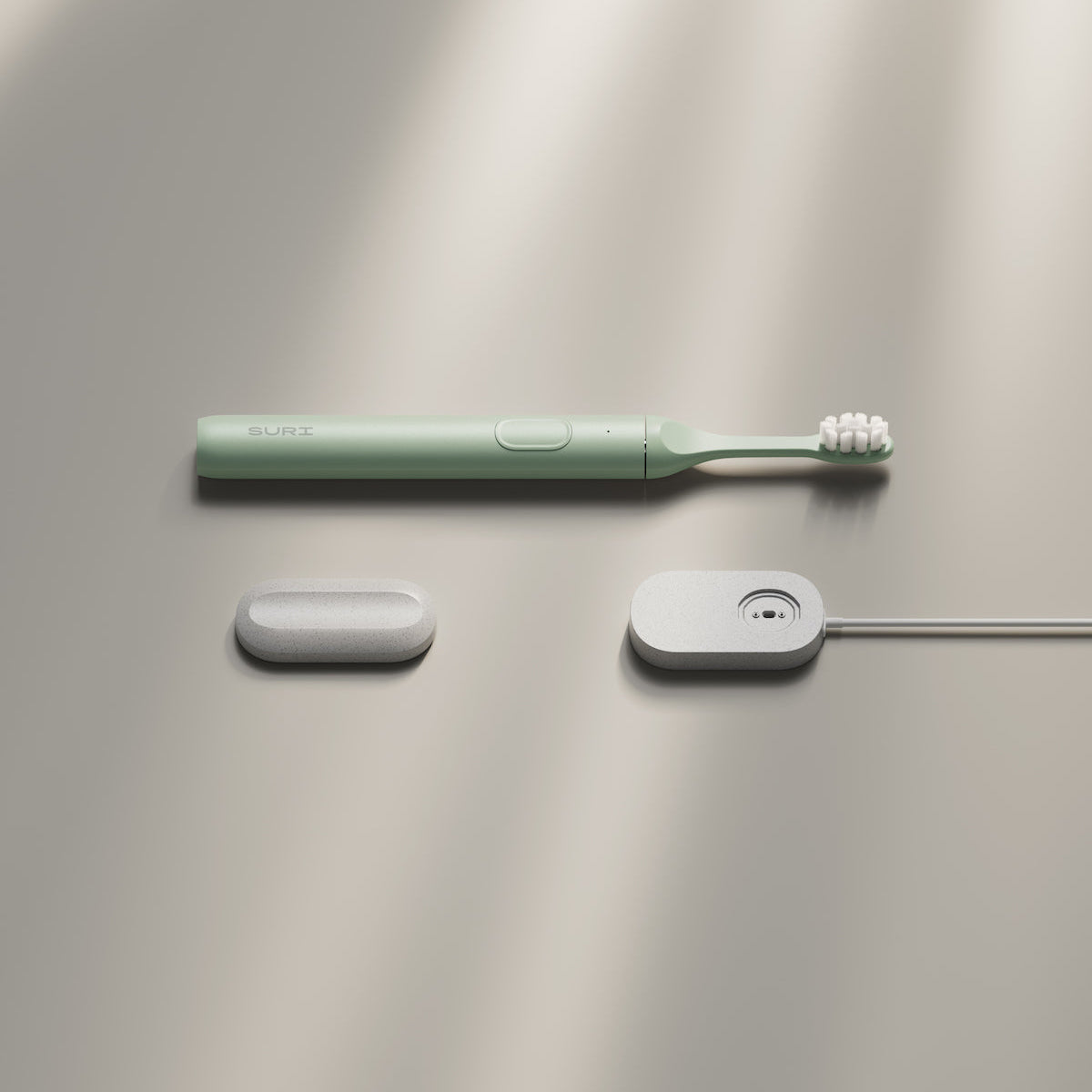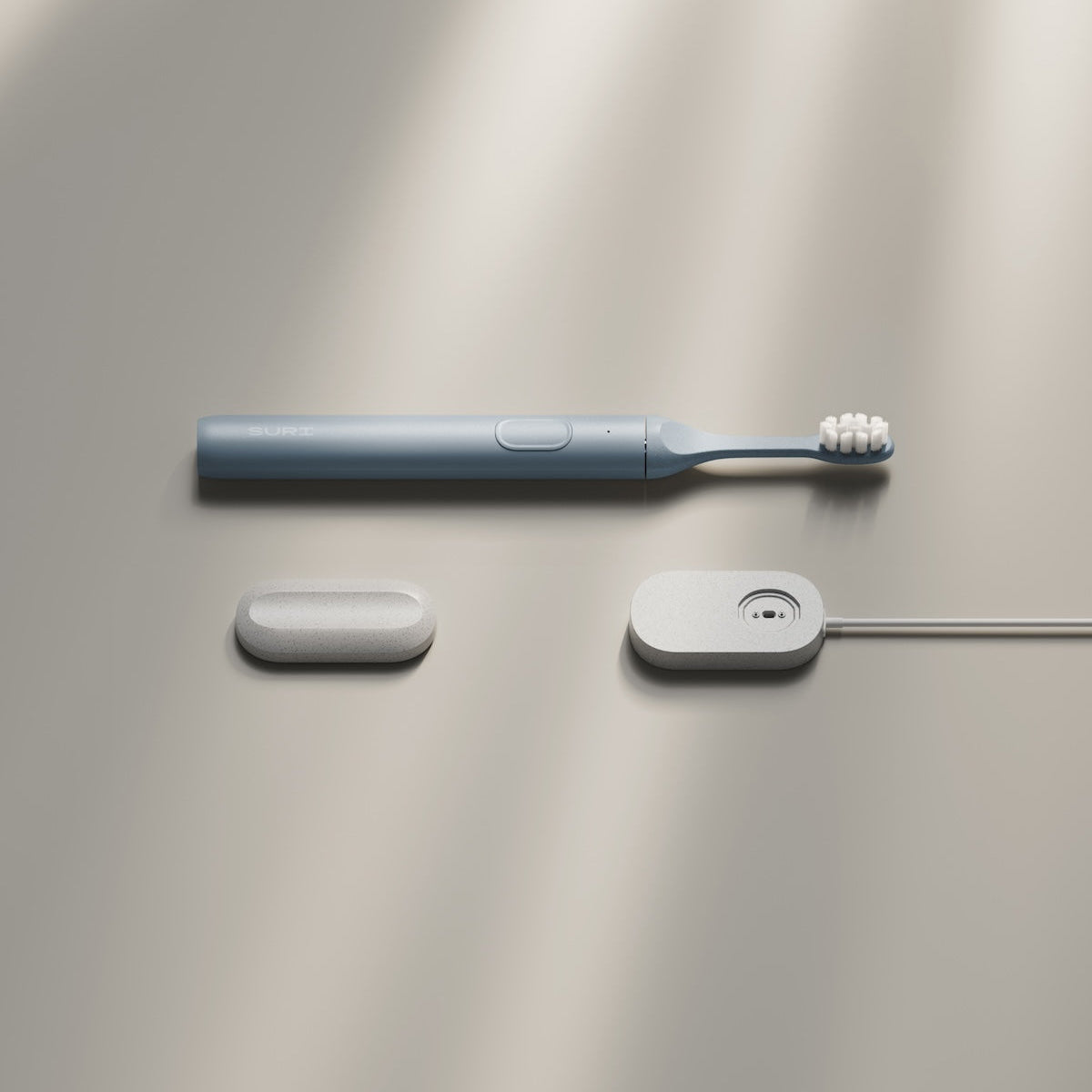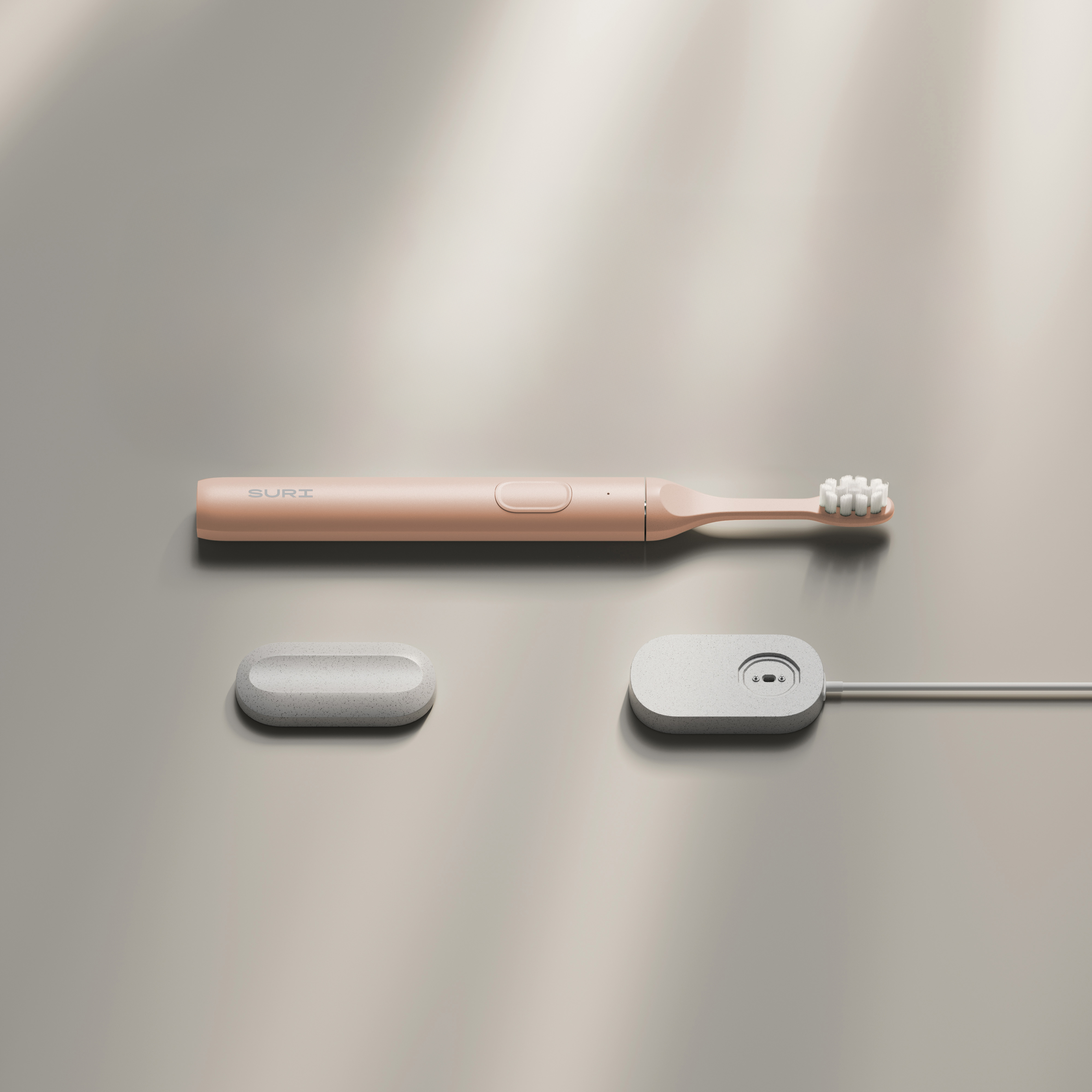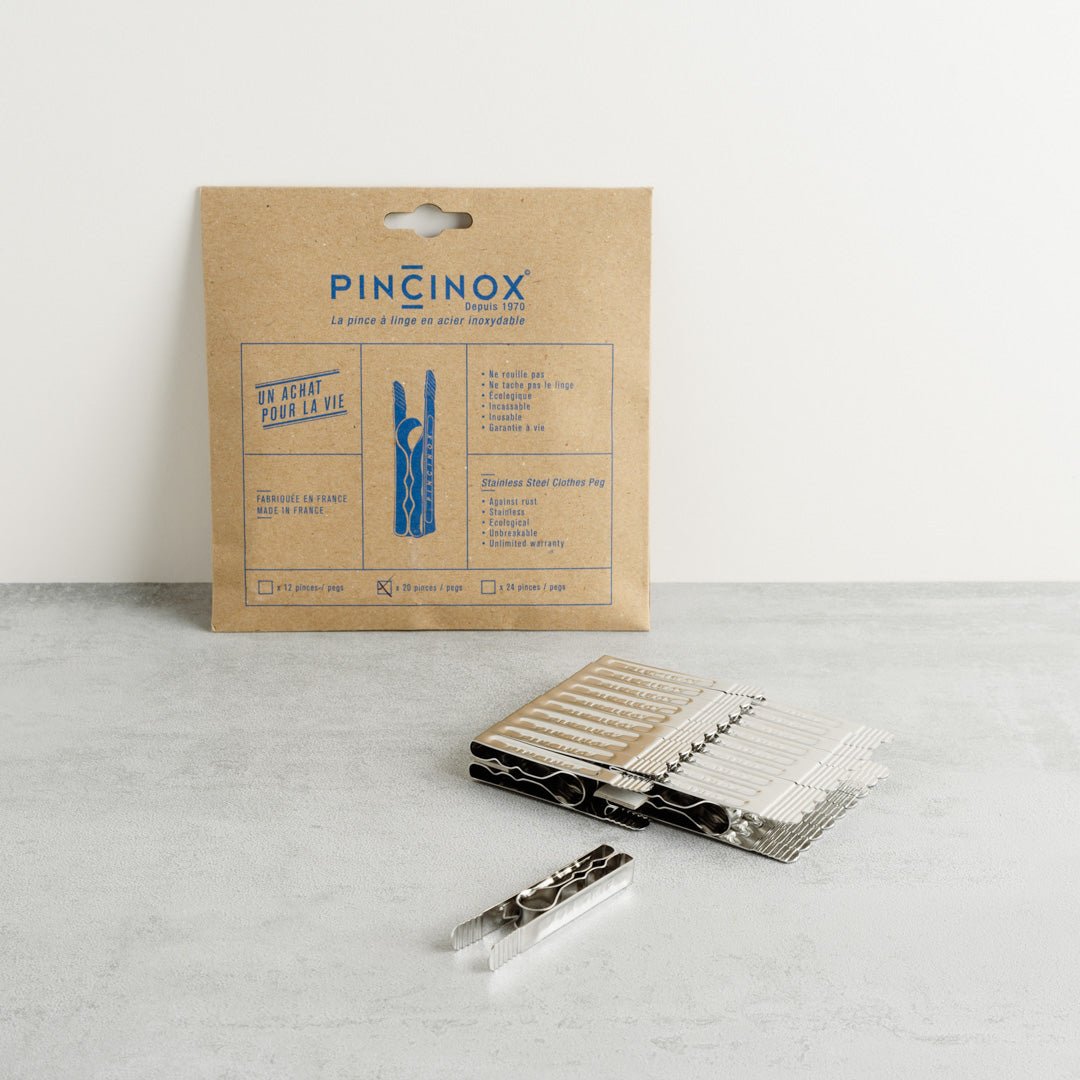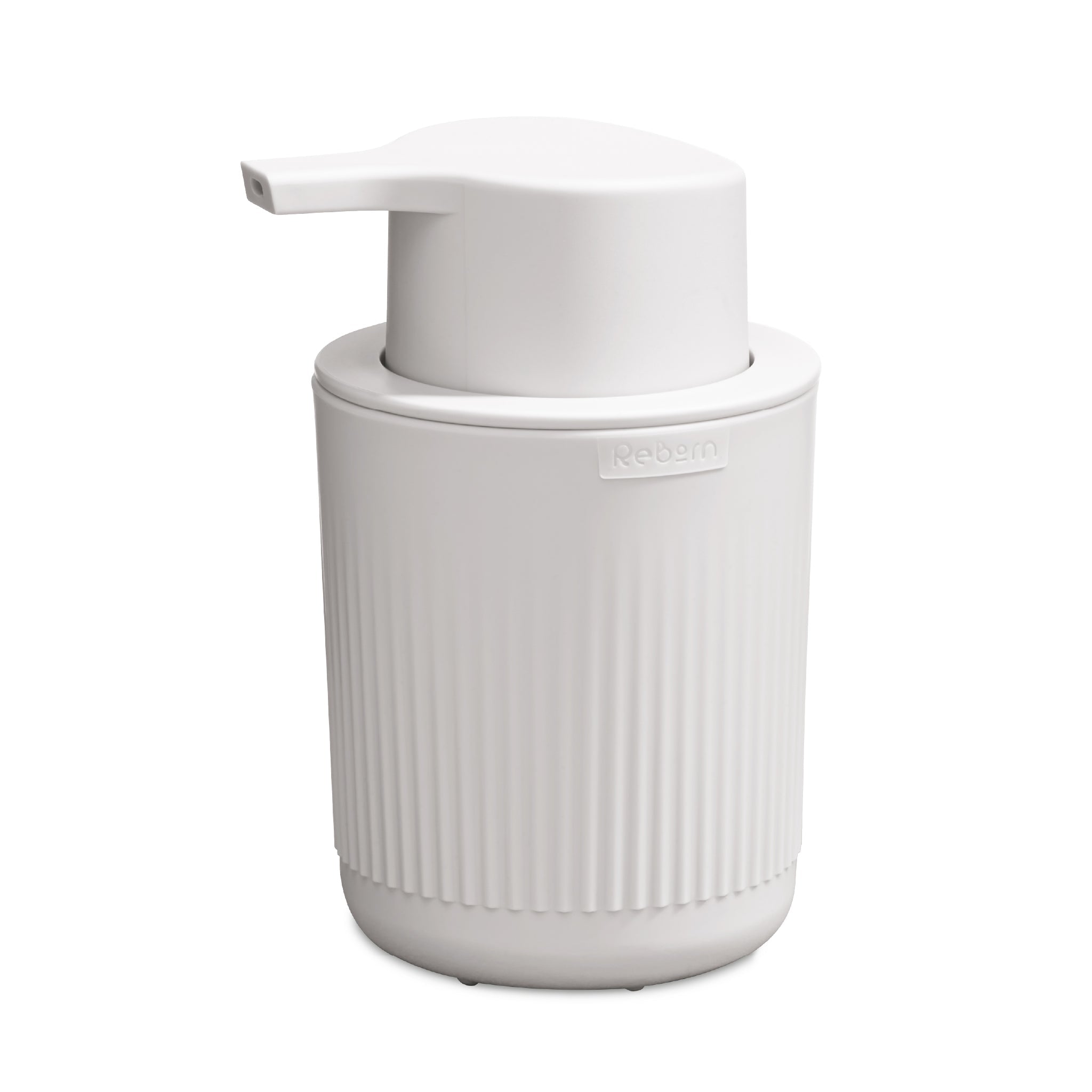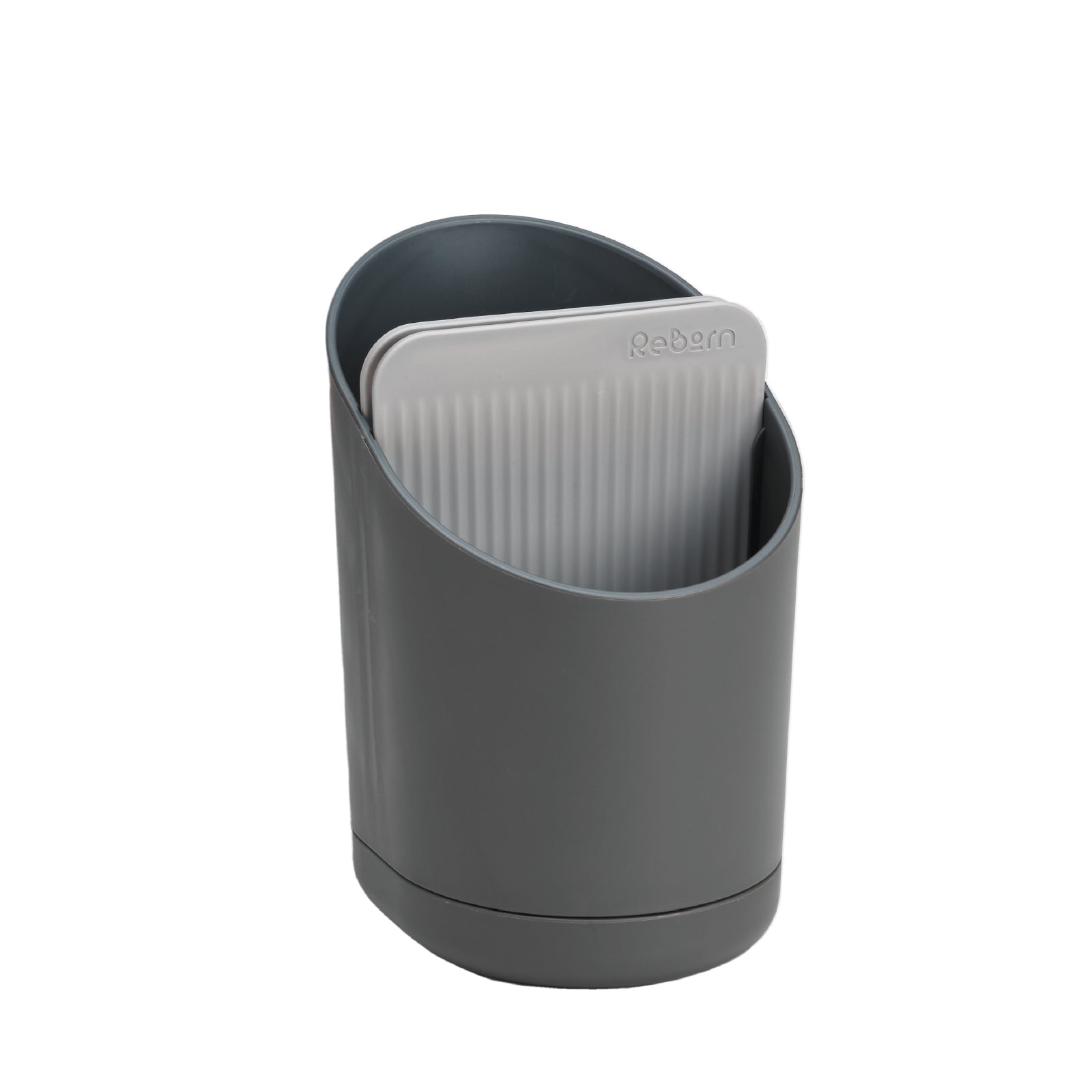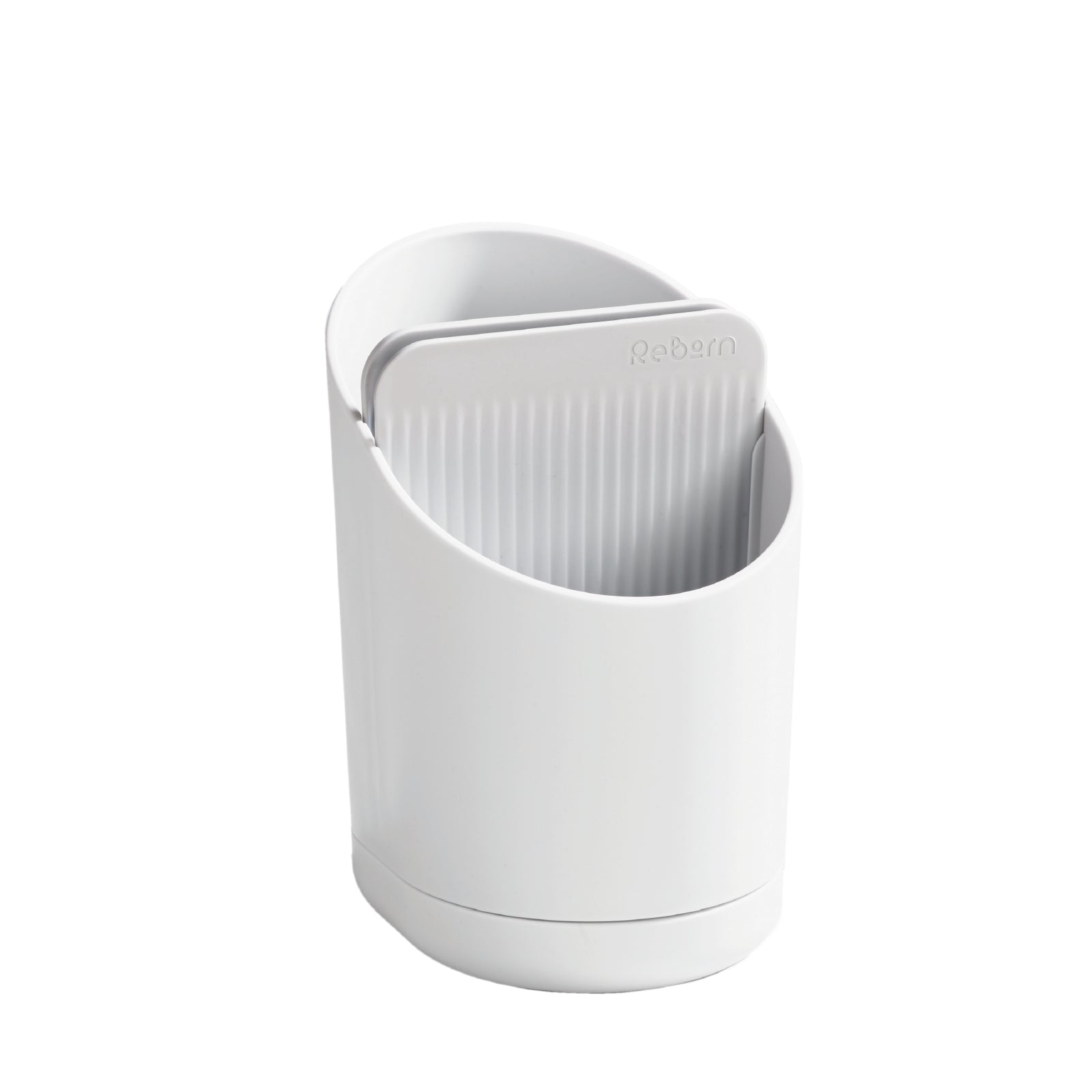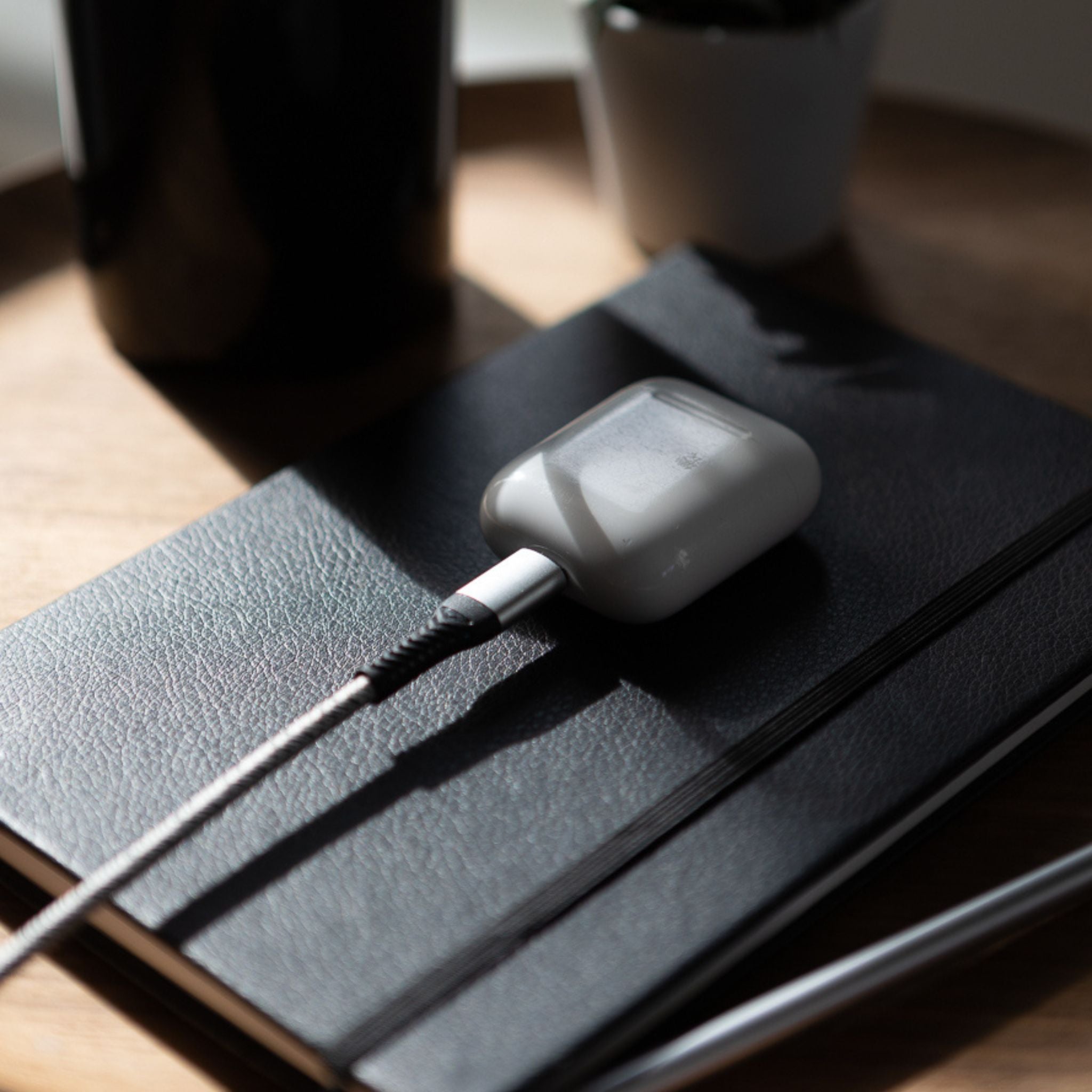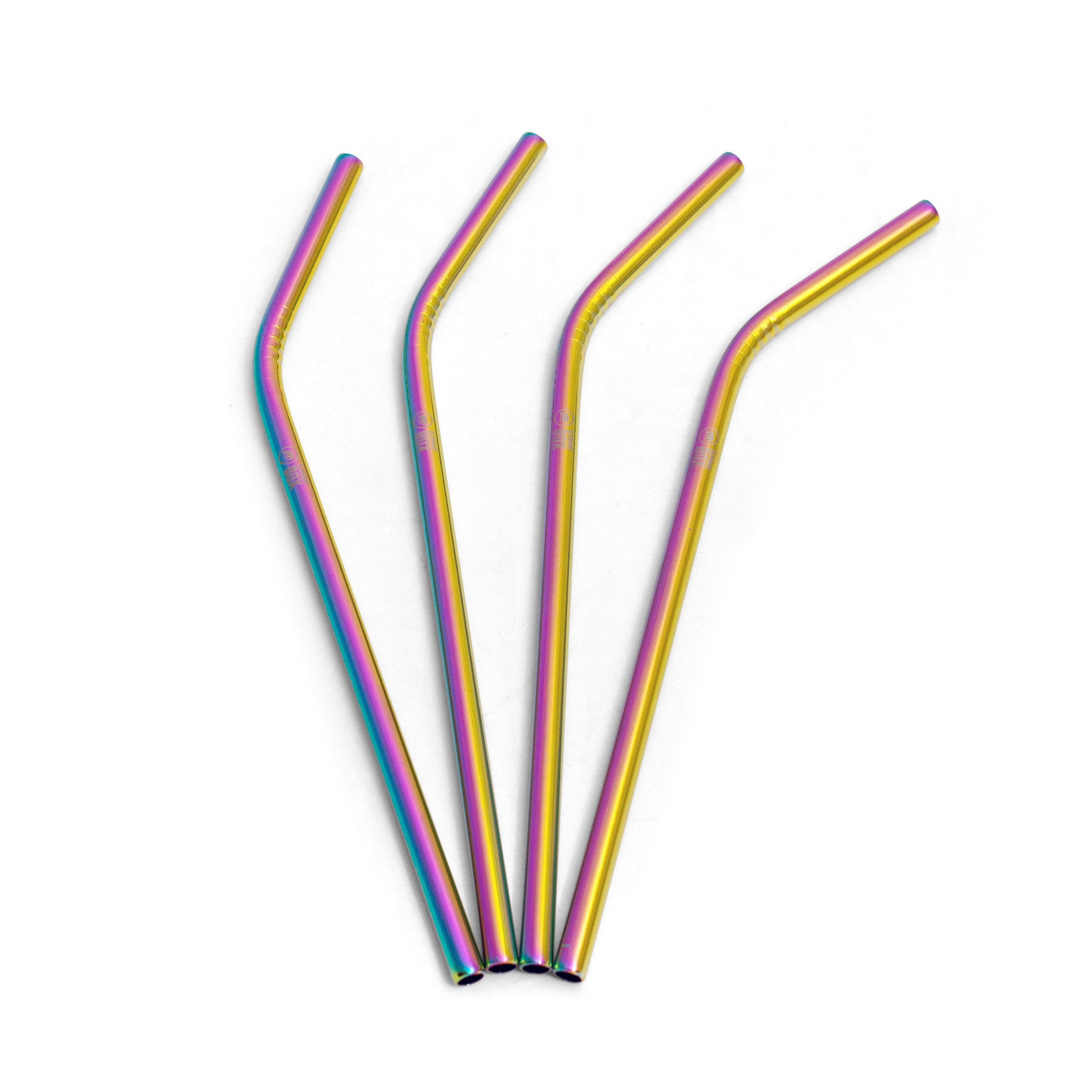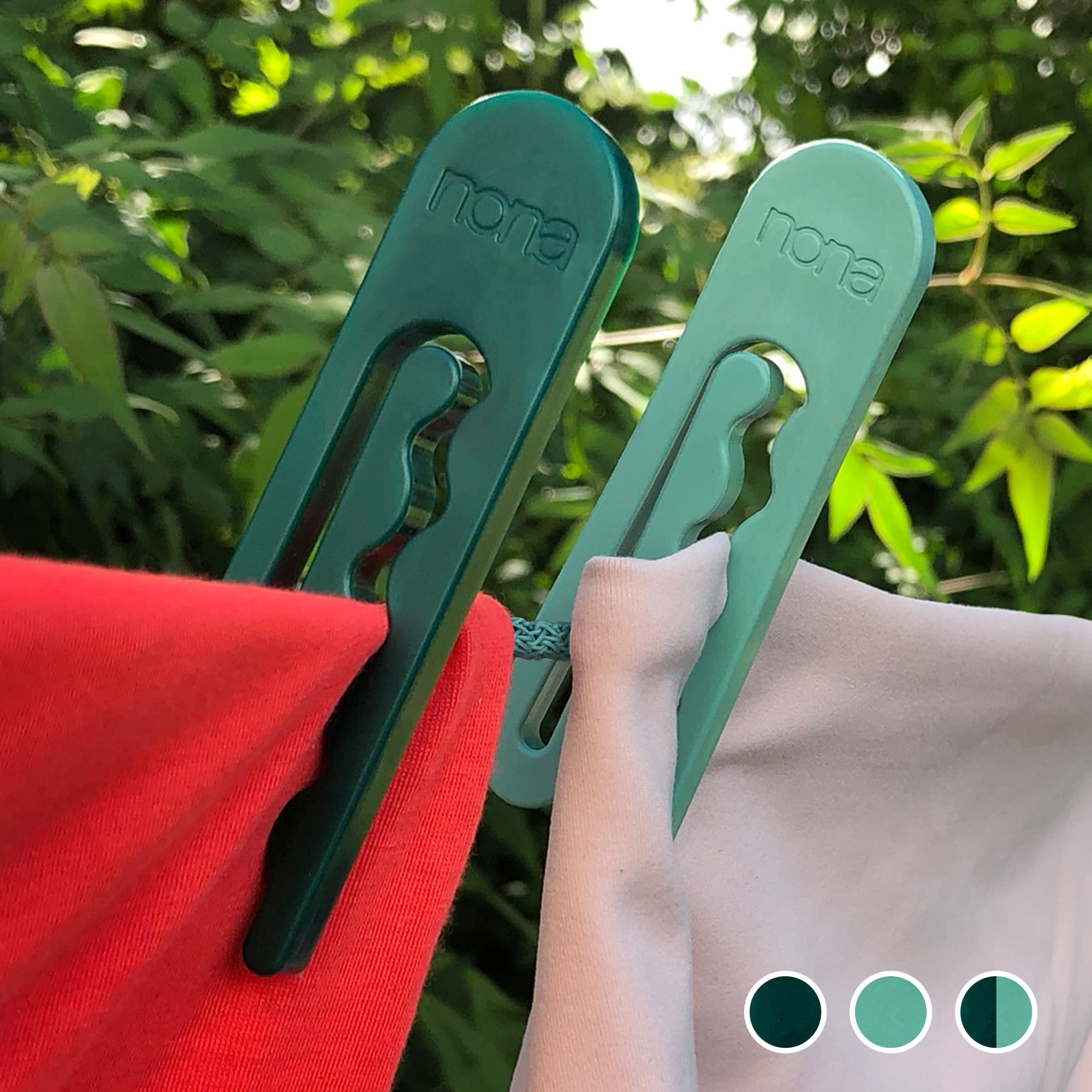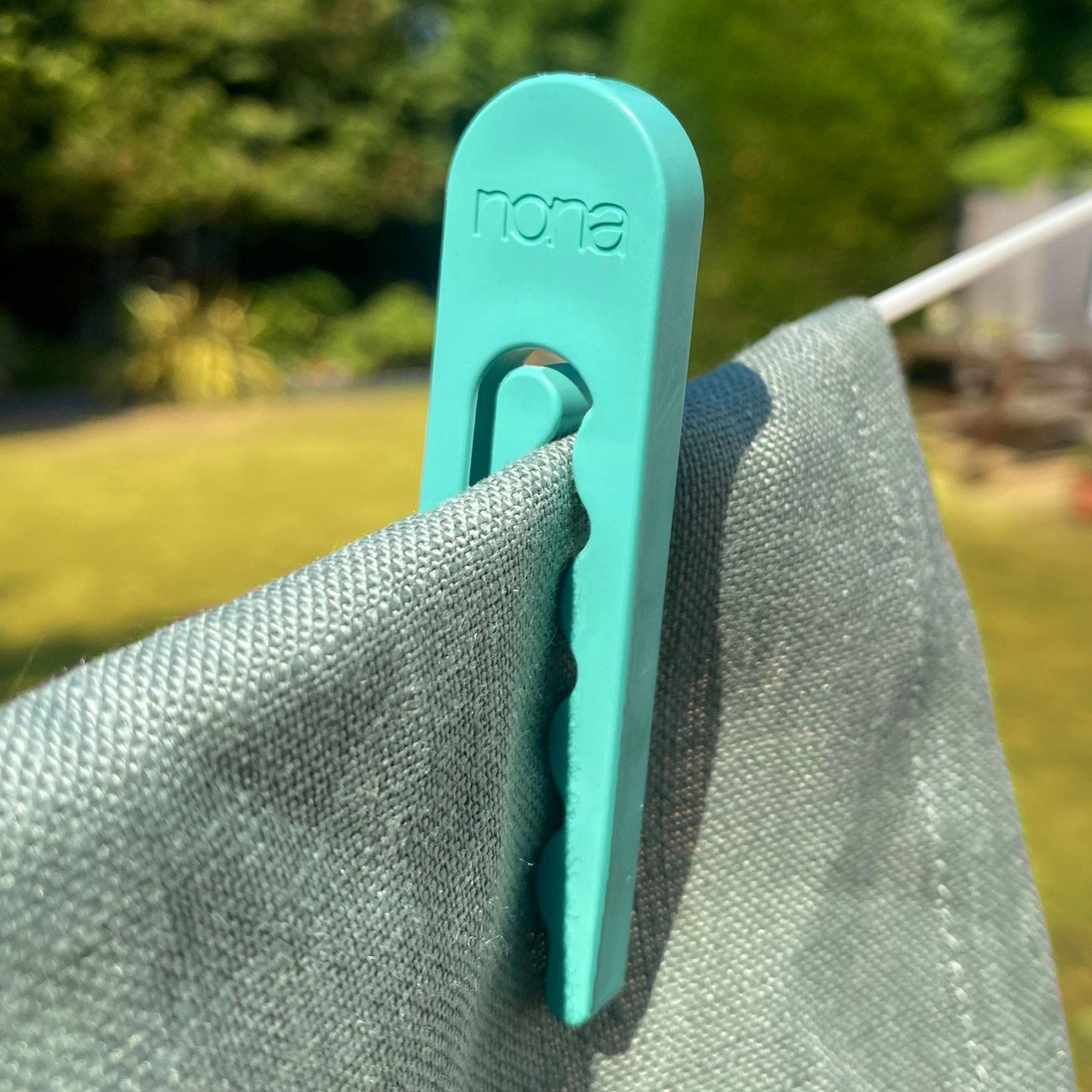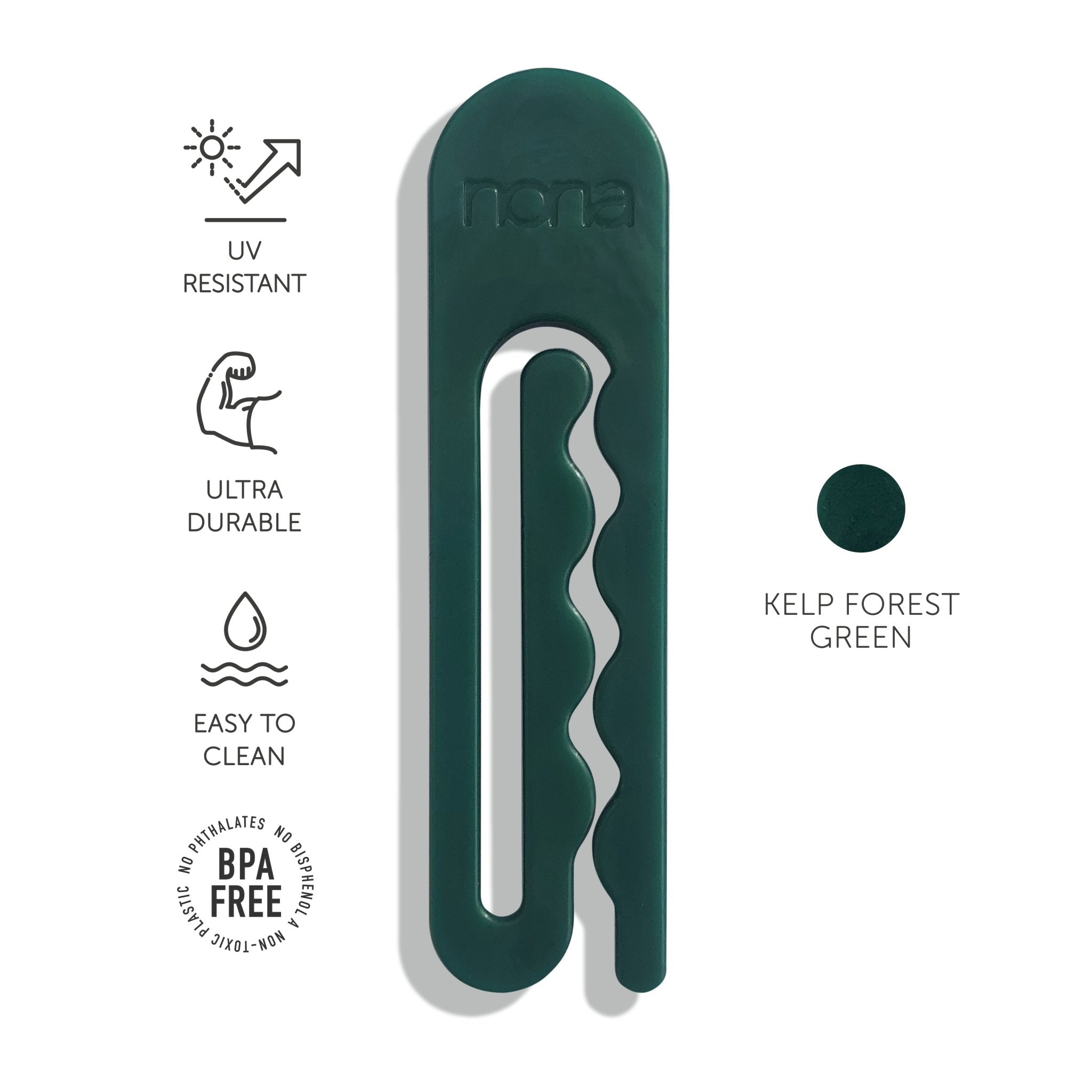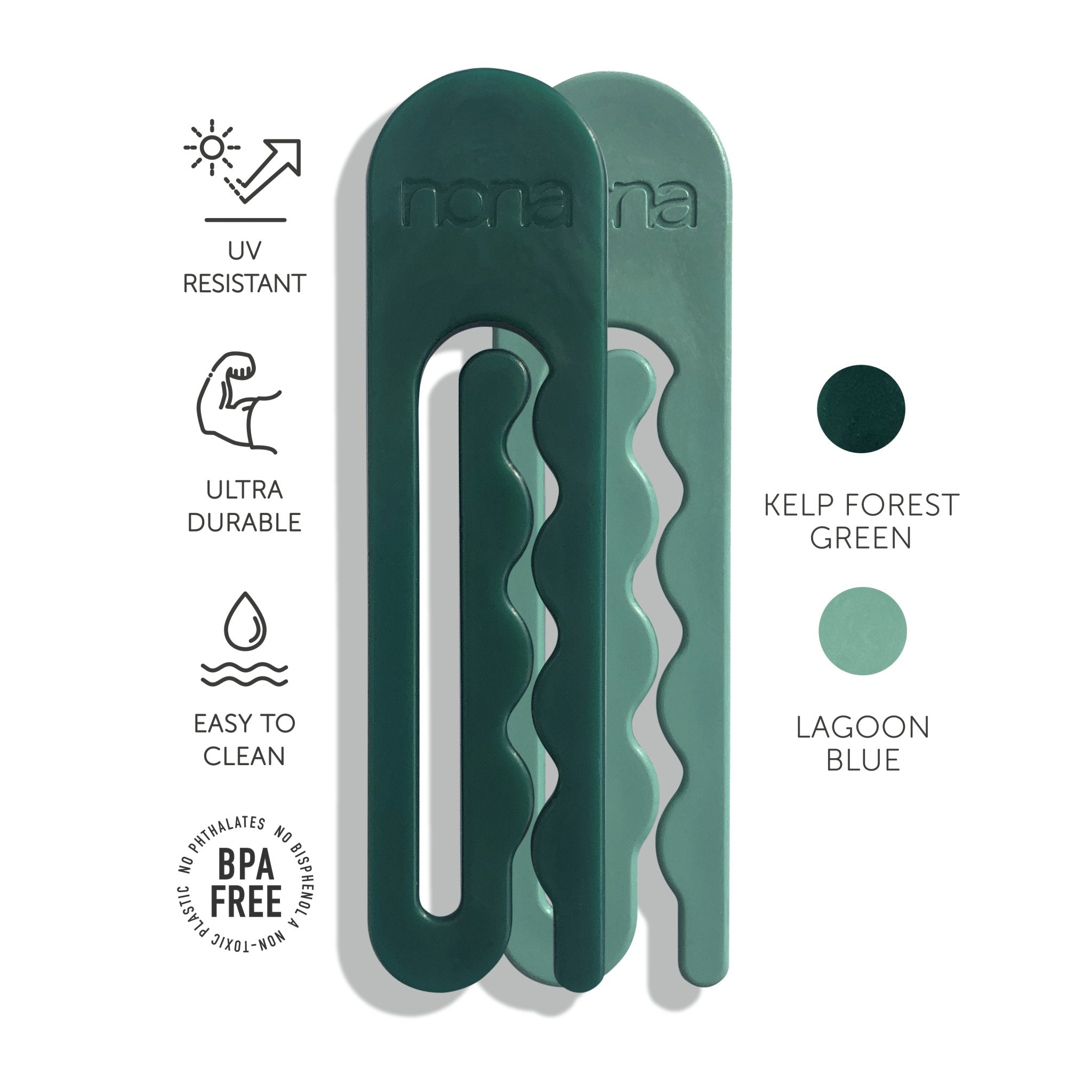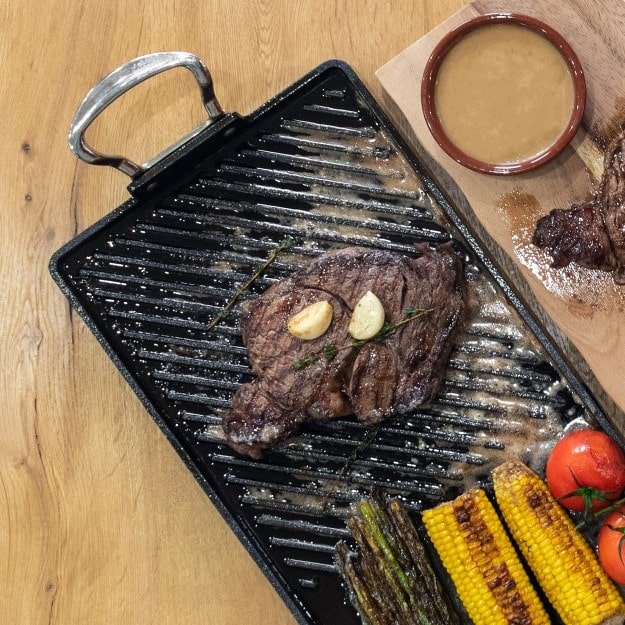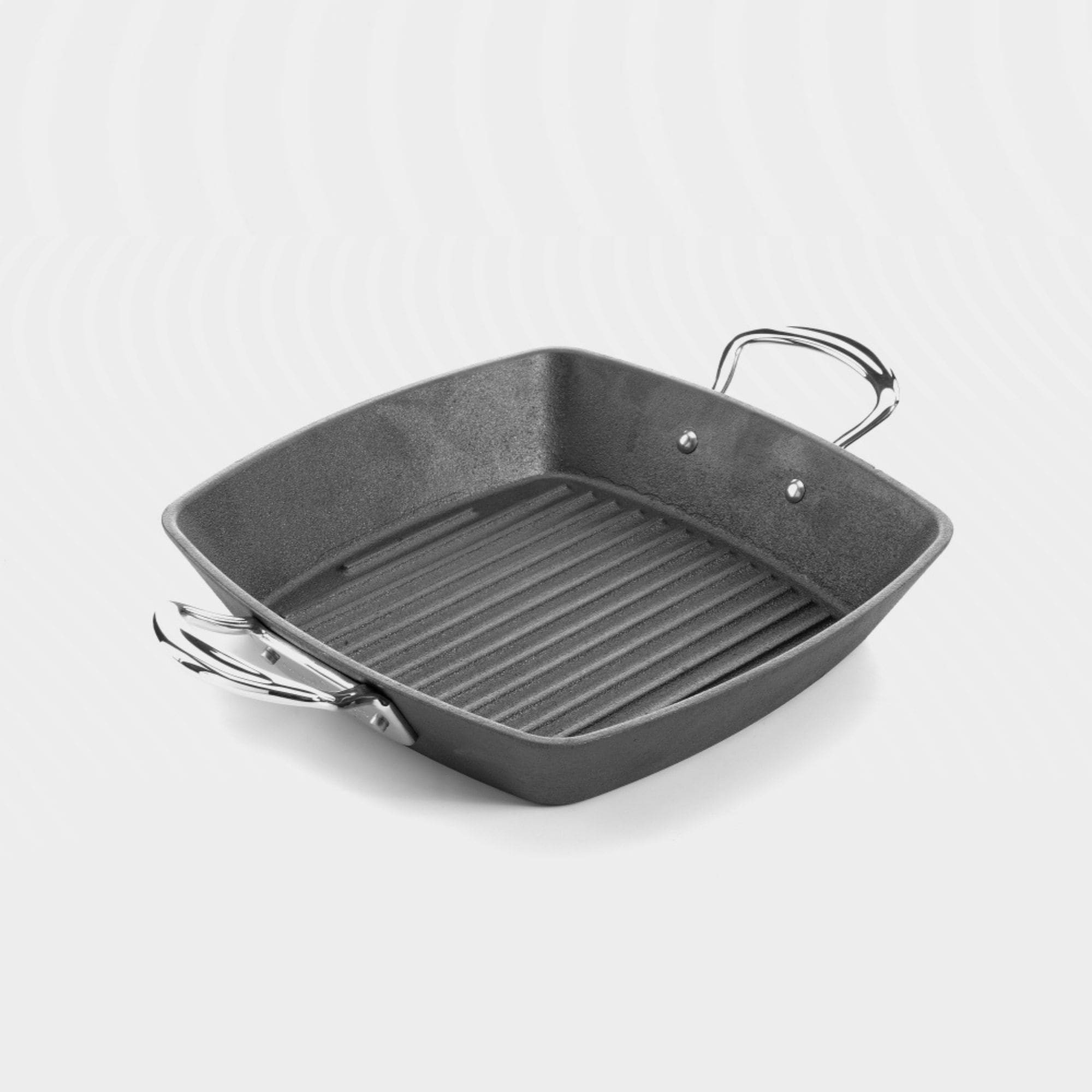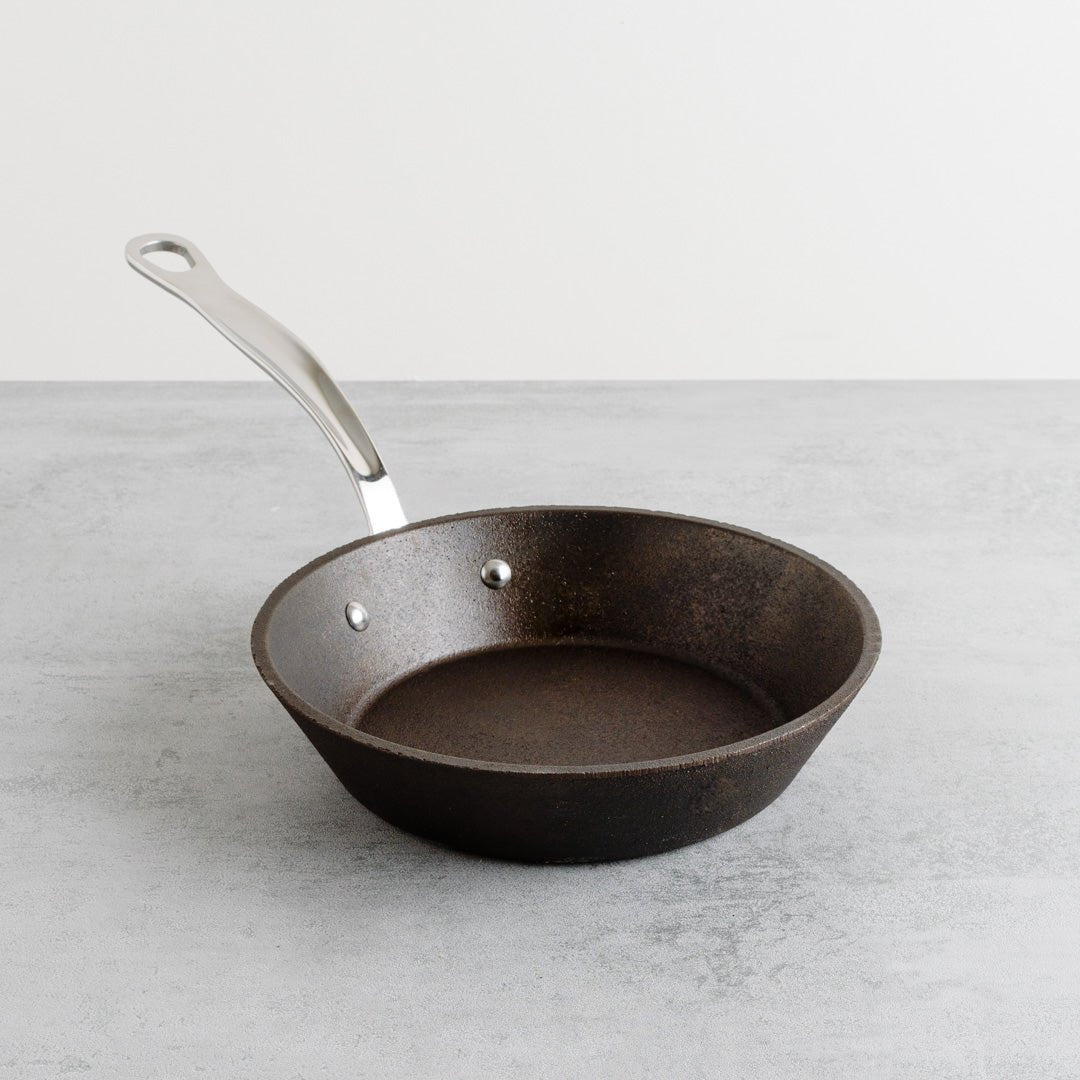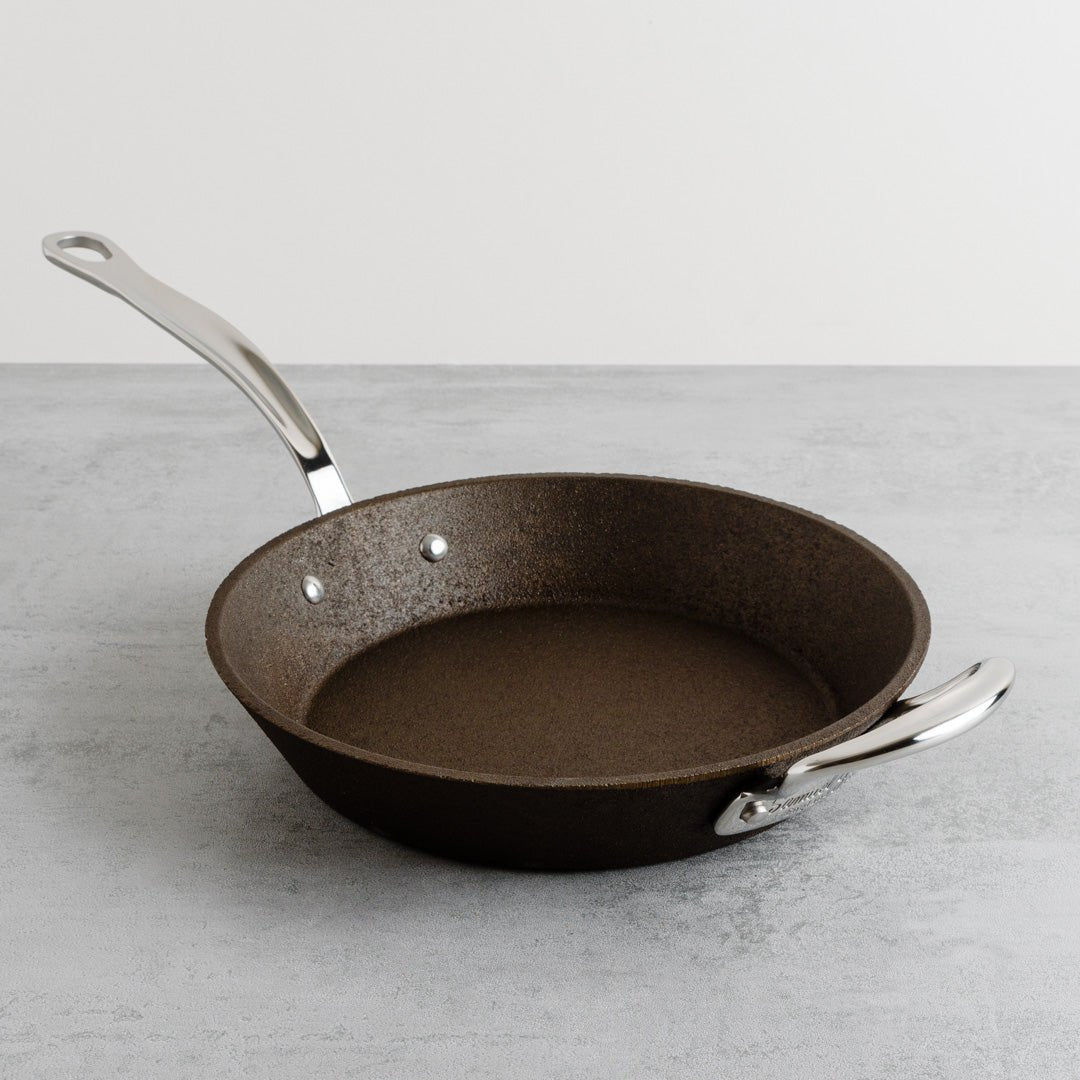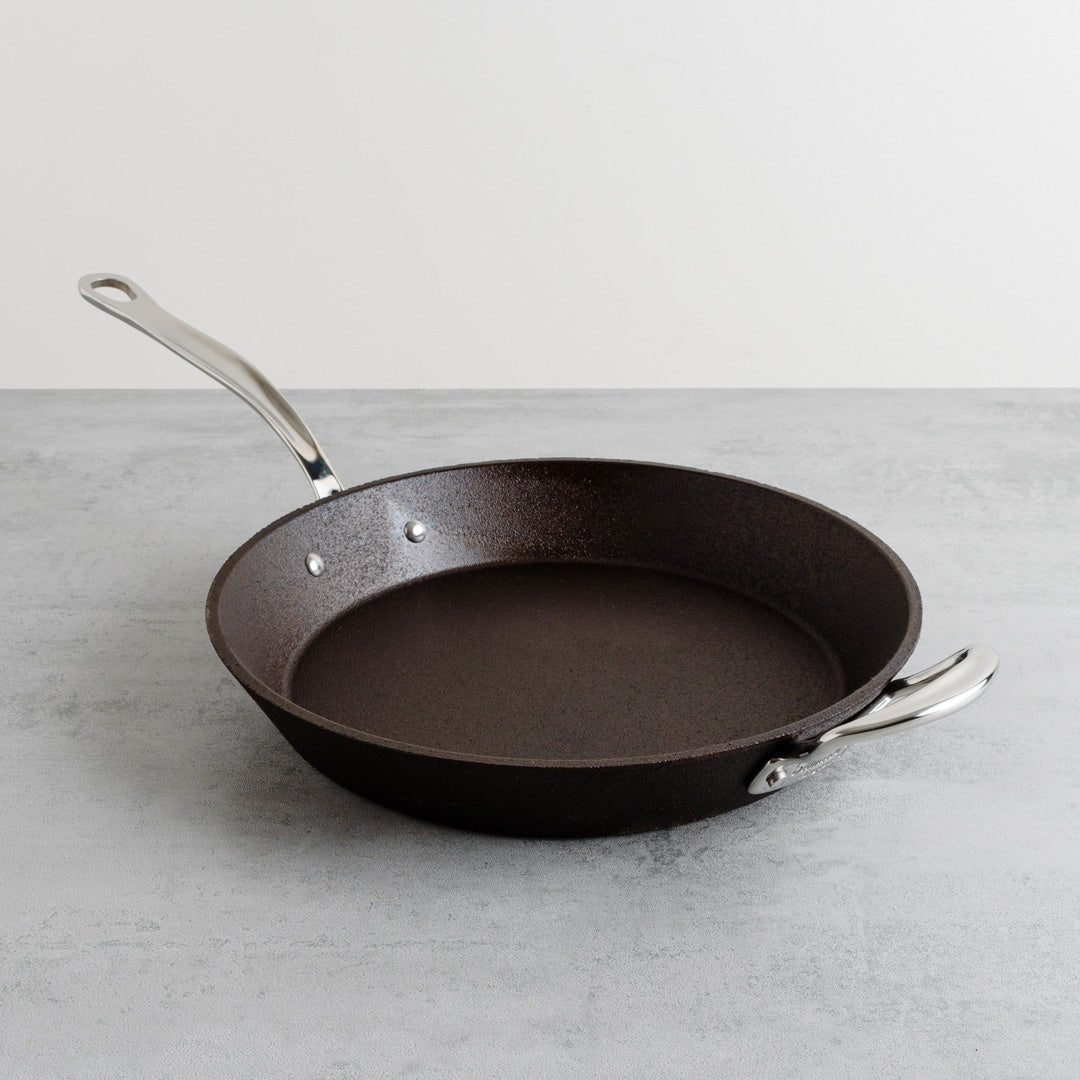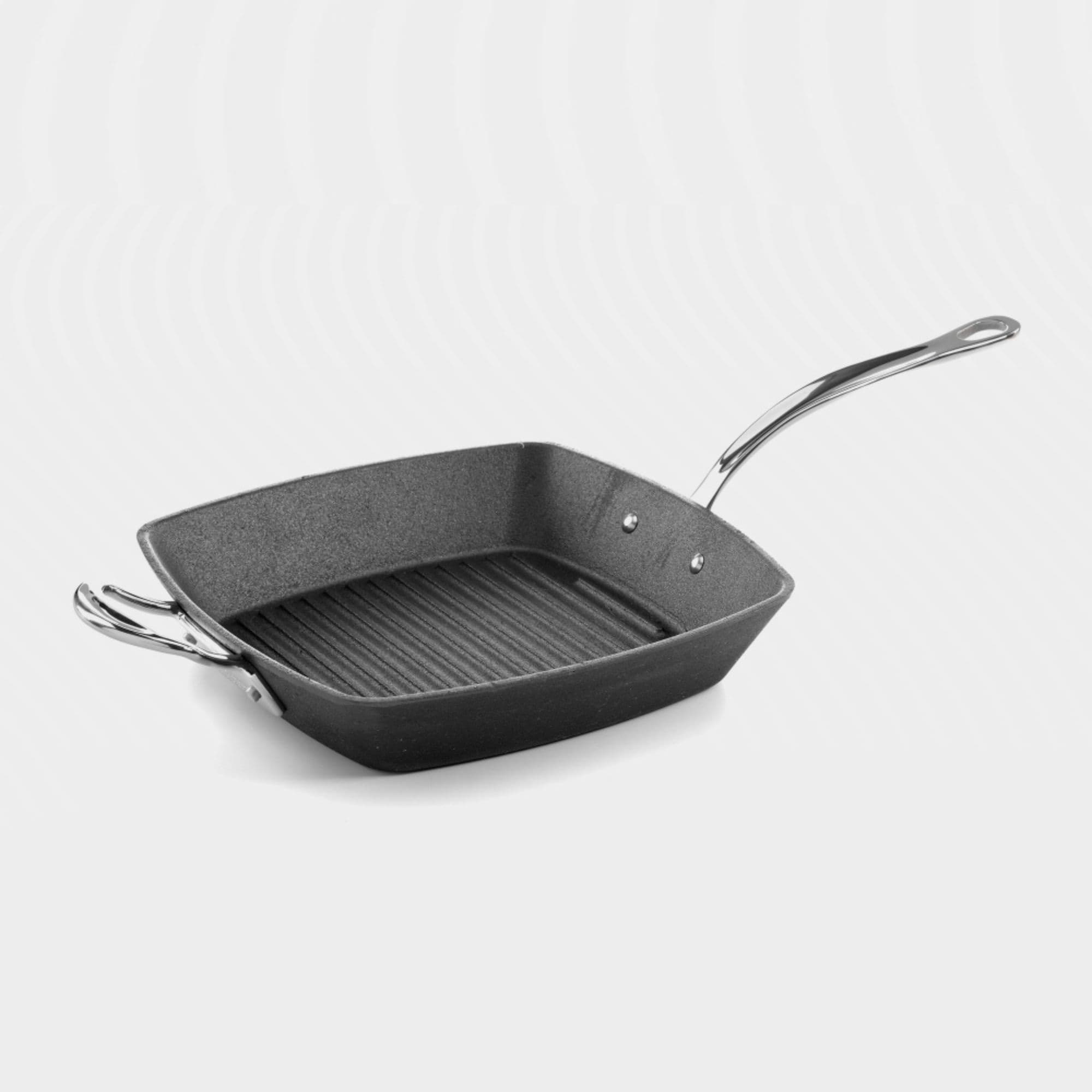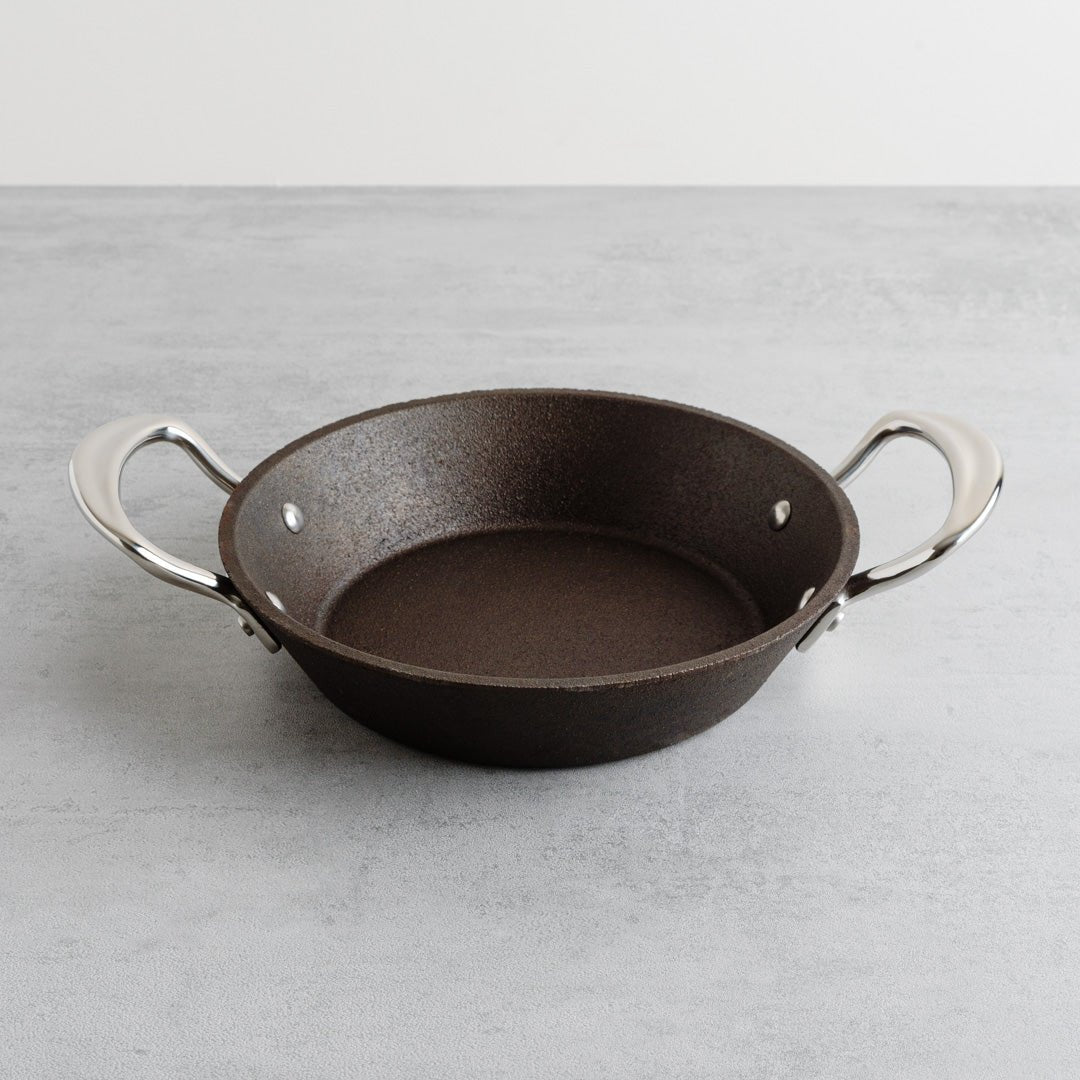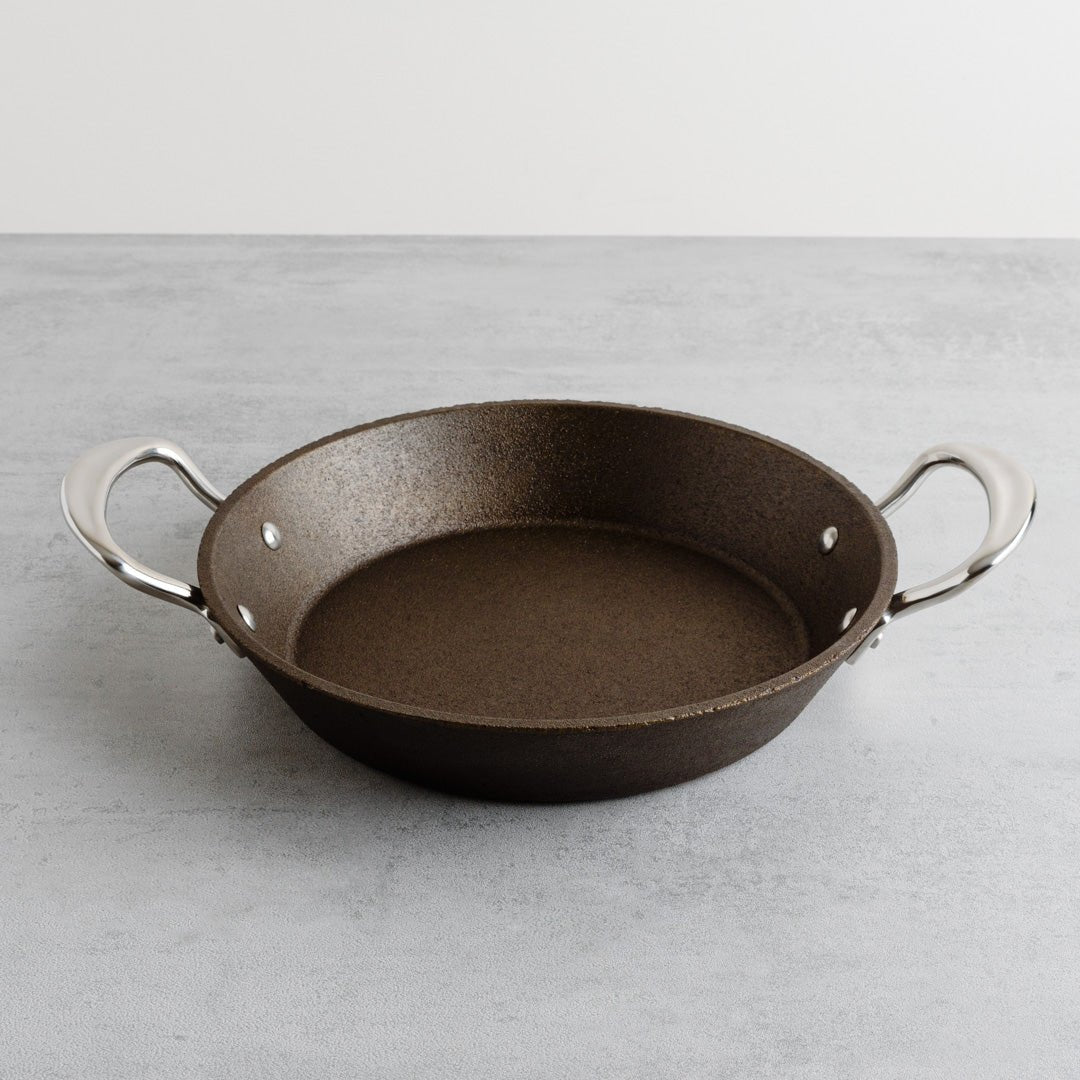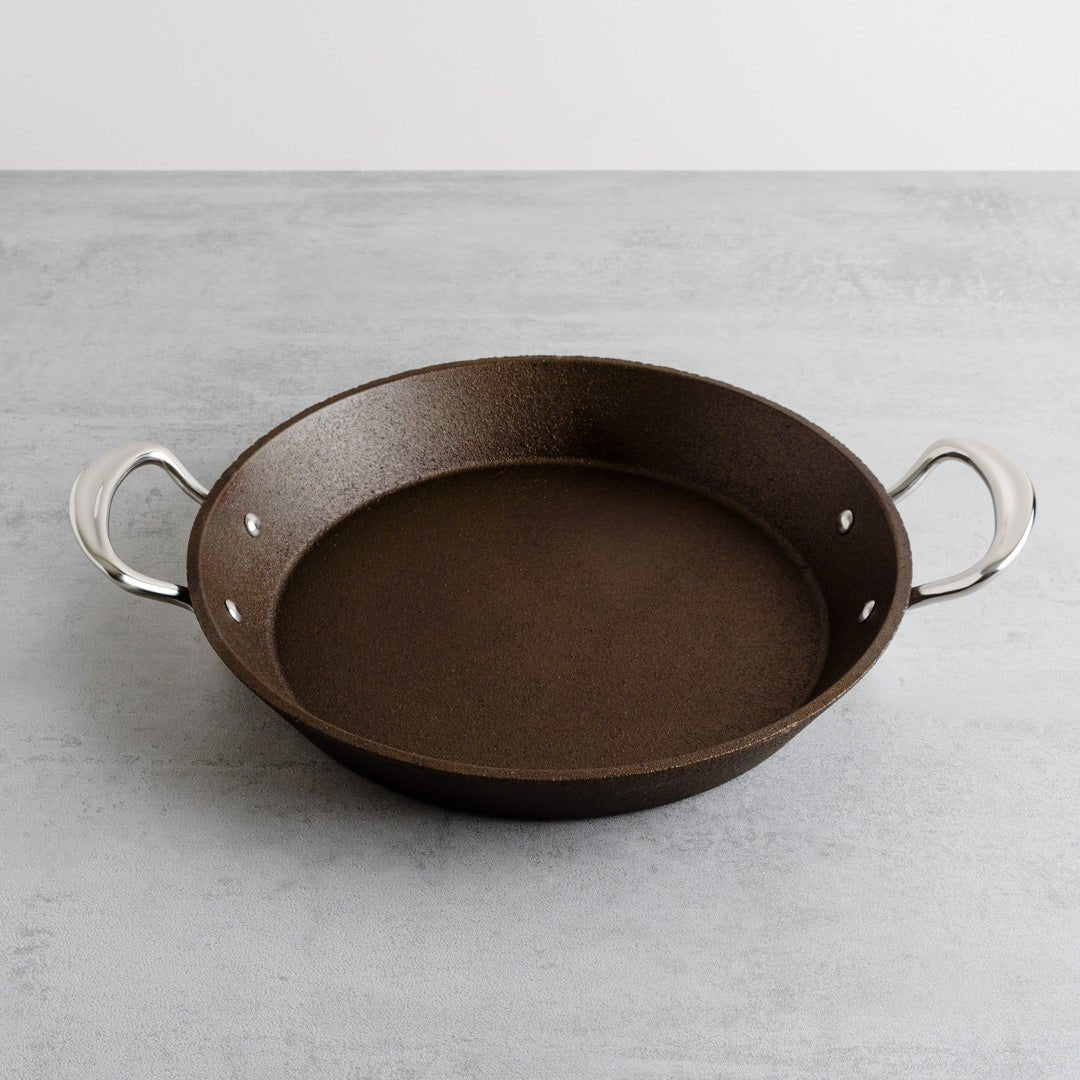Cast Iron Pans
Cast iron pans built to last a lifetime – and keep getting better. These heavy, dependable skillets offer brilliant heat retention for searing, frying and roasting. No coatings to wear out. Just a natural non-stick finish that improves with every use. Pre-seasoned and ready to get to work, each one’s made to be used hard and handed down. Have a look at our cast iron care guide to make yours last even longer.
Cast Iron Pan FAQs
How do you season a cast iron pan properly?
To season a cast iron pan properly, apply a thin layer of high-smoke-point oil (like flaxseed or vegetable oil) and bake it upside-down at 200°C for about an hour. This builds a natural non-stick surface and wards off rust. It’s worth repeating a few times when the pan is new. Skip the washing-up liquid, dry thoroughly, then rub with a dab of oil after each use. With regular cooking, your pan’s seasoning will only get better. For more tips, see our guide to seasoning your cast iron skillet.
What’s the best way to clean a rusty cast iron pan?
The best way to clean a rusty cast iron pan is to scrub the rust away with steel wool or a stiff brush until you reach raw metal. Rinse, dry thoroughly, then re-season in the oven using a light coat of oil. Don’t panic - surface rust is normal and completely salvageable. Even a crusty antique can be brought back to life with a bit of elbow grease. For the future, store it dry and oil lightly to keep rust at bay.
Can cast iron pans be used on induction hobs?
Yes, cast iron pans can be used on induction hobs thanks to their dense, magnetic metal construction. They heat slowly but hold temperature beautifully, meaning brilliant browning and even cooking. Just start on a gentle heat, and always lift the pan rather than drag it - induction surfaces can be a bit precious, bless them.
What are the best meals to cook in a cast iron skillet?
The best meals to cook in a cast iron skillet include seared steaks, corn bread, roasted vegetables, frittatas, and crisply golden potatoes. Cast iron delivers steady, even heat - perfect for frying, baking, or hob-to-oven meals. Just steer clear of acidic dishes like tomato sauces if your seasoning’s still a work in progress.
Which cast iron pans are truly buy-it-for-life?
The cast iron pans that are truly buy-it-for-life are thick, well-balanced, and built from solid iron with a lifetime guarantee. Look for pieces with smooth interiors and useful extras like detachable handles or re-seasoning services. Brands that prioritise repairs over replacements are gold dust. Explore our durable cast iron pans collection or read about how we find lifelong products.
How do I care for and maintain my cast iron pan over time?
To care for your cast iron pan over time, hand-wash with warm water (no soap), scrub gently, and dry completely. Finish with a light film of oil to maintain seasoning and prevent rust. Store in a dry spot and re-season if food begins to stick. With the right TLC, your pan can outlast all your other kitchen kit. Need more detail? Try our cast iron care and repair tips.
What makes cast iron better than other types of frying pans?
What makes cast iron better than other types of frying pans is its unbeatable durability, heat retention, and all-round versatility. With care, it builds a naturally non-stick surface and shrugs off wear from hob, oven, or open flame. It’s on the heavy side, yes, but many pans come with a lifetime guarantee - and will likely outlive us all.

